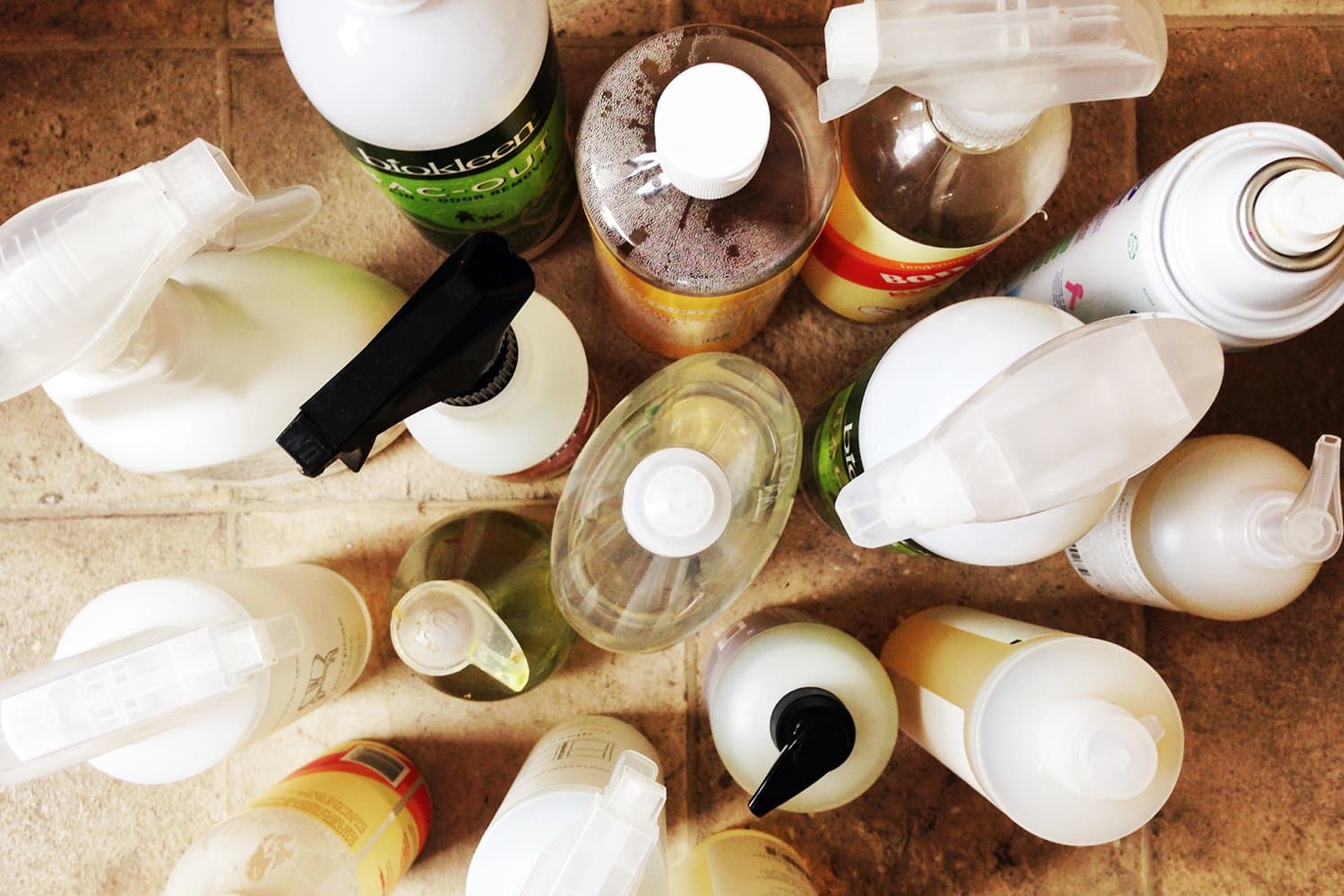If you don’t give much thought to the cleaning products you use around the home, you’re not alone — it’s an autopilot task for most, after all. Not to mention, most people tend to purchase the same trusted products time after time. However, you might not realize your cleaning products can be full of harsh ingredients that may actually be dangerous for your family, your home, and the environment. But how can you tell what’s what from a glance?
Because it can be hard to know what exactly to look for when perusing the cleaning aisle, I spoke to a handful of cleaning experts to find out what they keep an eye out for when they buy cleaning products — whether it’s ingredients, warnings, or special symbols, both good and bad. “Keeping these tips in mind can help you pick products that are better for you, your home, and the planet. It’s all about making informed choices that feel right,” explains Jennifer Rodriguez, chief hygiene officer at Pro Housekeepers. Here’s what the pros had to say:
On the other hand, keeping an eye out for harmful chemicals is just as important. “I’d recommend avoiding ingredients like synthetic fragrances, ammonia, bleach (often listed as ‘sodium hypochlorite’), parabens, phosphates, and phthalates, all of which could exacerbate skin sensitivities or act as potential endocrine disruptors.” She adds that cleaning products with certain floral scents like “lavender” tend to sound natural, but are likely anything but, as many ingredients used to create natural scents are actually full of synthetic chemicals. Check for labels that read “free and clear,” and then you can add your own essential oils for your fragrance of choice.
From soaps and detergents to wipes and other solutions, the amount of plastic waste in a home can rack up pretty quickly. “We’d recommend using cleaning concentrates and reusable glass spray bottles to reduce your household’s single-use plastic waste footprint while prioritizing clean ingredients,” says Brown. Plus, the less packaging a product comes in, the less fuel it likely takes to get it to you. You may want to see if you have a refill store near you that will allow you to bring in your own container to fill up.
4. Animal Cruelty Symbols
“Look out for the Leaping Bunny or similar symbols to ensure no furry friends were harmed in the making [of the product],” suggests Rodriguez. No one wants to think about an animal being hurt for the benefit of humans, but sometimes the harsh reality is that it’s an important factor in how the product was developed, and what you may or may not want to be spending your money on.
“Spot labels like Green Seal or Safer Choice?” says Rodriguez. “That means you’re holding a product that’s kind to the planet and meets some pretty strict eco standards.” Green Seal’s mission is to protect human health and the environment by endorsing products that are safe and sustainable. In order to get an approval from Green Seal, products need to endure exhaustive performance, health, and environmental benchmarks. Safer Choice helps shoppers identify products that are healthy, safe for the planet, and work to prevent pollution.
“If it says it’ll break down naturally, you’re doing the Earth a solid,” says Rodriguez. However, you can’t always take a label at its word — while some cleaning products may have a label denoting that it’s biodegradable, it may only be referencing one particular ingredient or part of the product. According to the EPA, you’ll want to look for those government-approved eco-safety badges like Safer Choice or Design for the Environment. You can also check the safety data sheet of the item online or in-person for a more comprehensive look at what’s actually biodegradable and what’s not. This sheet is required to be offered to anyone buying a product. As with anything, it’s crucial not to fall for buzzwords like “biodegradable,” “natural,” or “green” without doing your research.
7. “Danger” or “Poison” Warnings
Products that contain substances like bleach and ammonia are poisonous, so be cautious about buying, storing, and using them. Read the warning label to see what the ramifications are of using a product; for example, if a label notes that the product can cause dizziness, it’s important to use it in a space that is well-ventilated. However, there are always all-natural alternatives to using products like bleach, such as using a mixture of baking soda, lemon juice, and distilled white vinegar.

